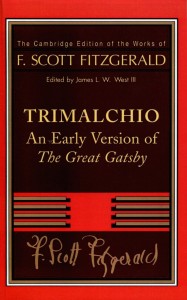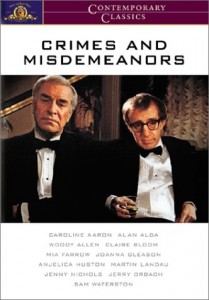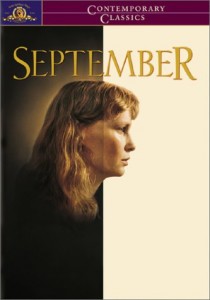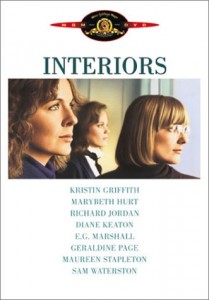Hello F. Scott.
This leg of my three-year journey through the works of the world’s greatest composers, authors, filmmakers, musicians, and actors is a three-week assessment of F. Scott Fitzgerald’s great American novel The Great Gatsby.
According to its entry on Wikipedia:
The Great Gatsby is a 1925 novel written by American author F. Scott Fitzgerald that follows a cast of characters living in the fictional town of West Egg on prosperous Long Island in the summer of 1922. The story primarily concerns the young and mysterious millionaire Jay Gatsby and his quixotic passion and obsession for the beautiful debutante Daisy Buchanan. Considered to be Fitzgerald’s magnum opus, The Great Gatsby explores themes of decadence, idealism, resistance to change, social upheaval, and excess, creating a portrait of the Jazz Age or the Roaring Twenties that has been described as a cautionary tale regarding the American Dream.
Fitzgerald, inspired by the parties he had attended while visiting Long Island’s north shore, began planning the novel in 1923 desiring to produce, in his words, “something new—something extraordinary and beautiful and simple and intricately patterned.” Progress was slow with Fitzgerald completing his first draft following a move to the French Riviera in 1924. His editor, Maxwell Perkins, felt the book was too vague and convinced the author to revise over the next winter. Fitzgerald was ambivalent about the book’s title, at various times wishing to re-title the novel Trimalchio in West Egg.
And that’s where my journey begins – with Trimalchio: An Early Version of The Great Gatsby.
Over the course of the next 24 days, I’ll read Trimalchio, The Great Gatsby, Fitzgerald’s novel that became the basis for a bunch of film versions…and then watch all four said movies (a 1925 silent adaptation is a lost film):
1949 – starring Alan Ladd, Betty Field and Shelley Winters
1974 – starring Robert Redford, Mia Farrow and Sam Waterston
2000 – starring Paul Rudd, Mira Sorvino and Toby Stephens
2013 – starring Leonardo DiCaprio, Carey Mulligan and Tobey Maguire
And then compare and contrast them (as my college professors asked me to do on exams).
I’m not sure how I’ll keep the blog, though.
It’s one thing to listen to a CD every day and write about it. It’s another thing to read a book and…what? Do I write how many pages I read? What I’m thinking as I read it?
I’ll figure it out.
I’m a big boy.





